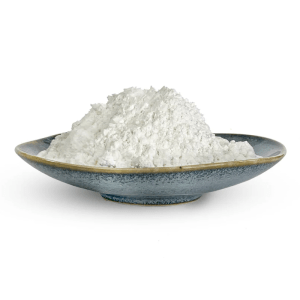Starch Sugar: Production, Applications, and Market Trends

。
# Starch Sugar: Production, Applications, and Market Trends
## Introduction to Starch Sugar
Starch sugar, also known as glucose syrup or corn syrup, is a sweetener derived from starch through enzymatic or acid hydrolysis. It is widely used in the food and beverage industry due to its functional properties and cost-effectiveness compared to other sweeteners.
## Production Process of Starch Sugar
The production of starch sugar involves several key steps:
### 1. Starch Extraction
Raw materials such as corn, wheat, or potatoes are processed to extract pure starch. The starch is then washed and purified to remove proteins and other impurities.
### 2. Liquefaction
The starch is mixed with water and treated with enzymes (typically alpha-amylase) or acid to break down the long starch molecules into shorter dextrins.
### 3. Saccharification
Further enzymatic treatment with glucoamylase converts the dextrins into glucose molecules. The degree of conversion determines the final product’s sweetness and properties.
### 4. Purification and Concentration
The resulting syrup is filtered, decolorized, and concentrated to achieve the desired consistency and sweetness level.
## Types of Starch Sugar
There are several varieties of starch sugar available in the market:
- Glucose syrup (DE 20-50)
- High maltose syrup
- High fructose corn syrup (HFCS)
- Maltodextrin
- Dextrose monohydrate
## Applications of Starch Sugar
### Food Industry
Starch sugar is extensively used in:
– Confectionery products (candies, chocolates)
– Bakery items
– Beverages
– Dairy products
– Canned fruits
### Pharmaceutical Industry
It serves as:
– A sweetener in syrups and tablets
– A bulking agent
Keyword: Starch Sugar
– A coating material
### Other Applications
– Fermentation substrate for alcohol production
– Textile industry
– Paper manufacturing
## Market Trends and Future Outlook
The global starch sugar market has been growing steadily, driven by increasing demand from food and beverage manufacturers. Key trends include:
1. Health Consciousness
With rising health concerns, manufacturers are developing low-calorie and low-GI starch sugar alternatives.
2. Clean Label Movement
There’s growing demand for natural and minimally processed sweeteners, pushing innovation in starch sugar production methods.
3. Regional Market Growth
Asia-Pacific is emerging as the fastest-growing market due to increasing urbanization and changing dietary habits.
4. Technological Advancements
New enzyme technologies are improving production efficiency and enabling the creation of specialized starch sugar products.
## Conclusion
Starch sugar remains a vital ingredient in numerous industries due to its versatility and cost-effectiveness. As consumer preferences evolve and technology advances, the starch sugar industry continues to adapt, offering new products and solutions to meet market demands. The future of starch sugar looks promising with opportunities for innovation in both production methods and applications.